We’ll start this trip with a cave, I think. Zuiganji is a nice enough temple, and really a must if you’re in Matsushima – there aren’t that many things to do other than cruise the bay. Unfortunately the harsh climate means it needs a lot of renovation, and right now it’s in one of those period where the whole main building is wrapped in a shroud to hide whatever they’re doing to it. At least it has a picture on the outside of the future finished product (and you needn’t worry about timing your visit – construction will continue until 2016). But the grounds are nice, especially these caves where the walls have been heavily upgraded with devotional carvings. Looking at it now I’m even suspecting that the caves were completely man-made. They’re awfully square otherwise, and someone noticed while walking around that the rock is very soft (no, we didn’t break off a carving to take home. I’m shocked that you would ask.).
In a separate group of buildings next door was this mausoleum – looks a lot like the one at Nikko, doesn’t it? If I remember correctly, it enshrines the wife of Masamune Date, the lord who unified the region and rebuilt Zuiganji (or other such activity. Will you pardon me if I don’t research it?). This structure and in fact the whole surrounding temple were rebuilt over several years, finishing in 2009, but are basically closed to visitors except on specific occasions. Photography is strictly prohibited.
The art museum had a few nice things too. For some reason, the one that really sticks in my mind is the huge gong they used to signal mealtimes, which is called an unpan 雲版 and is almost 700 years old.
But geez, this isn’t a blog about tourism, and those weren’t even good pictures. This is a blog about food, and the thing in Matsushima is seafood. Walking along The Strip, which is what the locals call the street opposite the water, there are two basic types of restaurants: grilled seafood and beef tongue. Beef tongue is a particular specialty of the region (there’ll be a whole post about it soon), but when by the water, why not eat seafood? After some pfaffing, we eventually ended up hitting a likely-looking spot and ordering one of every oyster item on the menu. These oysters are probably grown out in Matsushima Bay, because while we were cruising we saw countless aquaculture sites (‘countless’ is fancy language for ‘a lot’. Acquaculture is ‘yoshoku’ in Japanese, which I always think is funny because it’s a homonym for ‘western-style food’, of which fried oysters are a key component. Farmed fried oysters are thus yoshoku yoshoku.).
Well, here you go – a plate of fresh oysters to get things rolling. At Y200 each, these were substantially cheaper than any other oyster I’ve eaten in Japan.
And better. Maybe not substantially, but really good. Like they came out of the ocean that morning (there’s a fish market in town, so it’s possible, but anyway, no reason they couldn’t have been in a bucket and quite happy until being shucked.). They were of excellent
Oyster ramen was nothing special, except that the cooked oysters were delicious and the soup was pretty good. I thought until recently that I didn’t like cooked oysters; this bowl plus the oyster stew at Yuwaeru have forced me to reconsider.
There’s no need to reconsider anything with fried oysters this good though. You might recall that I had a comparable dish just before heading up to Matsushima, but this was night and day. The freshness of the oysters…actually, my main thought in eating this was that I never had fried oysters before. They tasted like oysters, not fry, if you see what I mean, and awfully good oysters at that.
Even if you don’t, let’s leave it at that.
022-354-2829
After lunch, we did the other thing that one does in Matsushima, cruising the bay to look at islands. Actually the cruising is the thing that one does; the oyster eating is secondary in most people’s points of view. Like a lot of places in Japan, even one of the Three Most Beautiful Places, the thing that one does turns out to be a bit average. Herewith, a selection of pictures from the cruise:

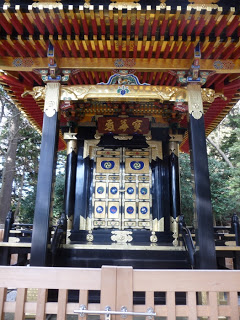
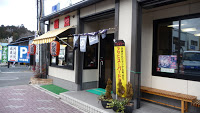
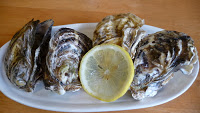
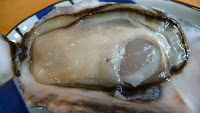
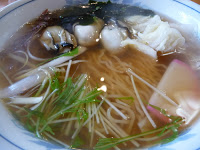
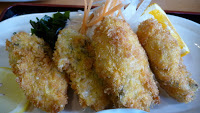
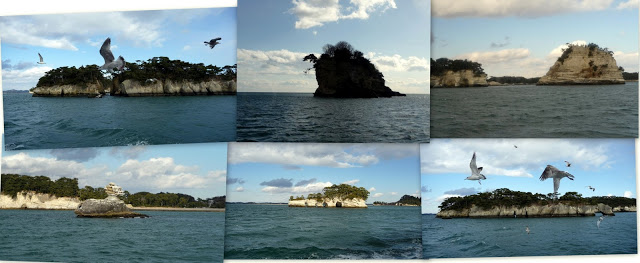
what is the connection to an unpan and Anpanman?!?!?
Heavens to Murgatroyd, you must be Japanese. To foreign people, unpan and anpan sound pretty similar.
At least to one foreign person.
Not at all and especially when I click on your link and don't see the big bell??